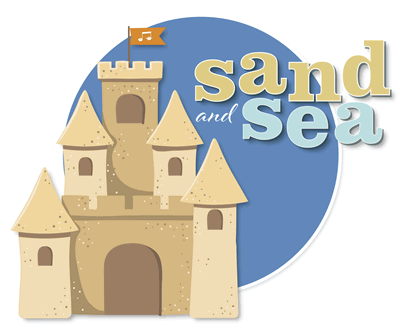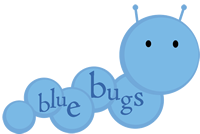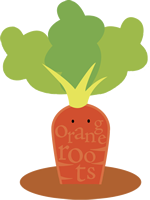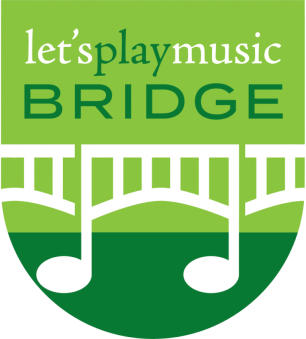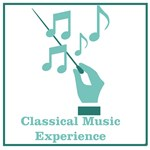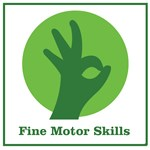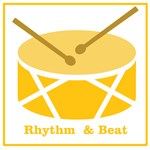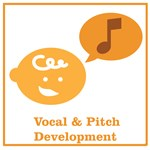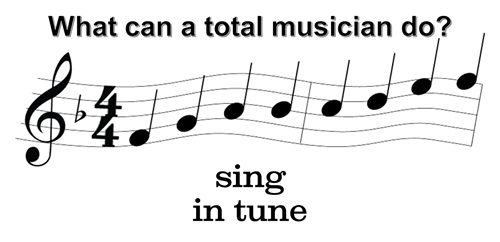|
Here you can find all the information for the classes each week!
|
Sand and Sea #5
Friday, July 4, 2025 | Sand and Sea Lessons
|
Sand and Sea #4
Friday, June 27, 2025 | Sand and Sea Lessons
|
Lesson #4
Your kids are "A" adorable and I love each of them! One of the most important things I learned from Sound Beginnings was how to play with my own kids! Eye contact, physical touch (holding hands, hugs, patting, etc.), and telling your child you love playing with them shows them how much you love them!
Attaching a physical action to the alphabet letters (like in our song A, You're Adorable) improves fine motor skills. It also forces the brain to multi-task, and processing this extra information increases its ability to recall letter names and sounds!
I would like to know who is reading this newsletter. Please text to let me know what song your child has requested to be played again most often!
Next class we'll sing these songs:
Learning about different types of instruments is not only fun, but it helps the kids be aware of many different types of sounds. Their ears will be able to pick out and identify sounds and rhythms – even when they are all together! Your child may even have a favorite instrument sound! Or maybe they will enjoy playing a certain kind of instrument. We experiment with many types of simple percussion instruments in many different ways to not only practice coordination with our hands, but introduce many types of sounds that can be made with the same instrument!
The interval between the pitches of SOL and MI occurs naturally in singing and calling. This makes it a perfect place to start when learning to sing in tune! A terrific example of this is our song Bickle Bockle.
Optional home fun activity: Match up the numbers and animals on page 13 of your workbook and play simple counting games. (Remember, these activities are optional but can be a great bonding experience to do with your child during the week.)
|
Sand and Sea #3
Friday, June 20, 2025 | Sand and Sea Lessons
|
Lesson #3
It is so fun playing with you and your child(ren) in class! It usually takes the kids (and sometimes you) a few lessons to get the feel for class and relax and fully participate. The more you listen to the music at home and familiarize your children with it, the more they will enjoy class and grow in their musical skills!
If you have any problems accessing the music, please let me know! Use the lyrics printed in the front of the book if you’d like extra guidance on words.
Please reply and let me know one thing you and your child(ren) have done with your scarf that you've enjoyed at home! Next class we'll sing these songs:
We are practicing more than just music in our Sand and Sea class! Preschool skills such as taking turns, name recognition, following instructions, and taking care of our supplies are all skills we used today! We also used a lot of vocal play and echoing today (listening skills), along with keeping the beat (did you feel the subdivision we are doing? This uses the math side of our brain and prepares it for future learning!), and imagining the waves with our blue scarves and ocean life (strengthens our creativity and problem solving skills)!
Helping children identify their feelings (like in Over the Deep Blue Sea) promotes healthy emotional development. When they learn to label emotions in themselves and others, they are better able to respond to strong emotions in healthy ways.
Smart Moves dances (like our Sea Diver's Dance) allow children to use their whole body to interact with the musical elements in a classical piece of music.
Optional home fun activity: Color the "Sea Diver's Dance" on page 15 of your workbook. You can hold a paper on each side of the bell if you'd like to help them to color in the lines. (Remember, these activities are optional but can be a great bonding experience to do with your child during the week.) Watch this amazing family perform “Aquarium” by Camille Saint-Saens. Or watch this educational video with real sea creatures while you color! Wasn’t it fun to try out some Hawaiian dancing with our hands and tell your child how much you love them this way? Watch this clip to play at home! (Our version is a bit simpler!) |
Sand and Sea #2
Friday, June 13, 2025 | Sand and Sea Lessons
|
Sand and Sea #1
Friday, June 6, 2025 | Sand and Sea Lessons
|
Lesson #1
What a great first day of Sand and Sea! I hope you and your child had as much fun in class as I did! Here are a few reminders that will help you get the most out of our time together in class:
Tuition is due today and is $90 if you have one child and $110 if you have more than one. You can pay via Zelle using my phone number (preferred because I don't have to pay fees), or pay via Venmo @musikandme.
Our 7 foundational elements are proven to aid in a child’s development. We will incorporate most, if not all, in each of our Sound Beginnings classes! I encourage you to read through the "Parent Page" in your book more thoroughly at home.
What songs should you listen to at home? I'll let you know here in case you want to be ready with the ones we'll use next class. The more familiar you and your child are with the songs, the more fun you will have in class! Next class we'll sing these songs:
Besides musical skills, Sound Beginnings also introduces children to kindergarten concepts such as name recognition, letters and numbers, and literacy skills. Among other concepts, the Sand and Sea semester will specifically focus on letters/sounds, sea animals, counting, and feelings.
We will use tone bells in class to introduce children to important musical concepts. Using them with solfege syllables and hand signs will help to build an understanding of pitch relationships.
Optional home fun activity: Do the Name Recognition activity on page 3 of your workbook. (Remember, these activities are optional but can be a great bonding experience to do with your child during the week.)
Now that you know more about what to expect in class, here is a video that will help you to know what Sound Beginnings is all about and how it will benefit your child. This was created by another teacher and she was generous enough to share it! (Where it talks about Instrument Day on lesson #15, we will be doing it on lesson #8 for this shorter session!) https://www.youtube.com/watch?app=desktop&v=qgaNL1HOMOI
Here is a video that will give you ideas for how to participate during class. This was created by another teacher who was generous enough to share it! https://youtu.be/IxZrTdk0pVk
Here are some quick videos for specific ways you can participate with your BABY in class! Baby - positions: https://youtu.be/8nyS_nQlpE0 Baby - tapping: https://youtu.be/BLTrFKg-qRs Baby - moving: https://youtu.be/F0_ME4fGTrU Baby - instruments: https://youtu.be/HjThTkKdmQo
|

